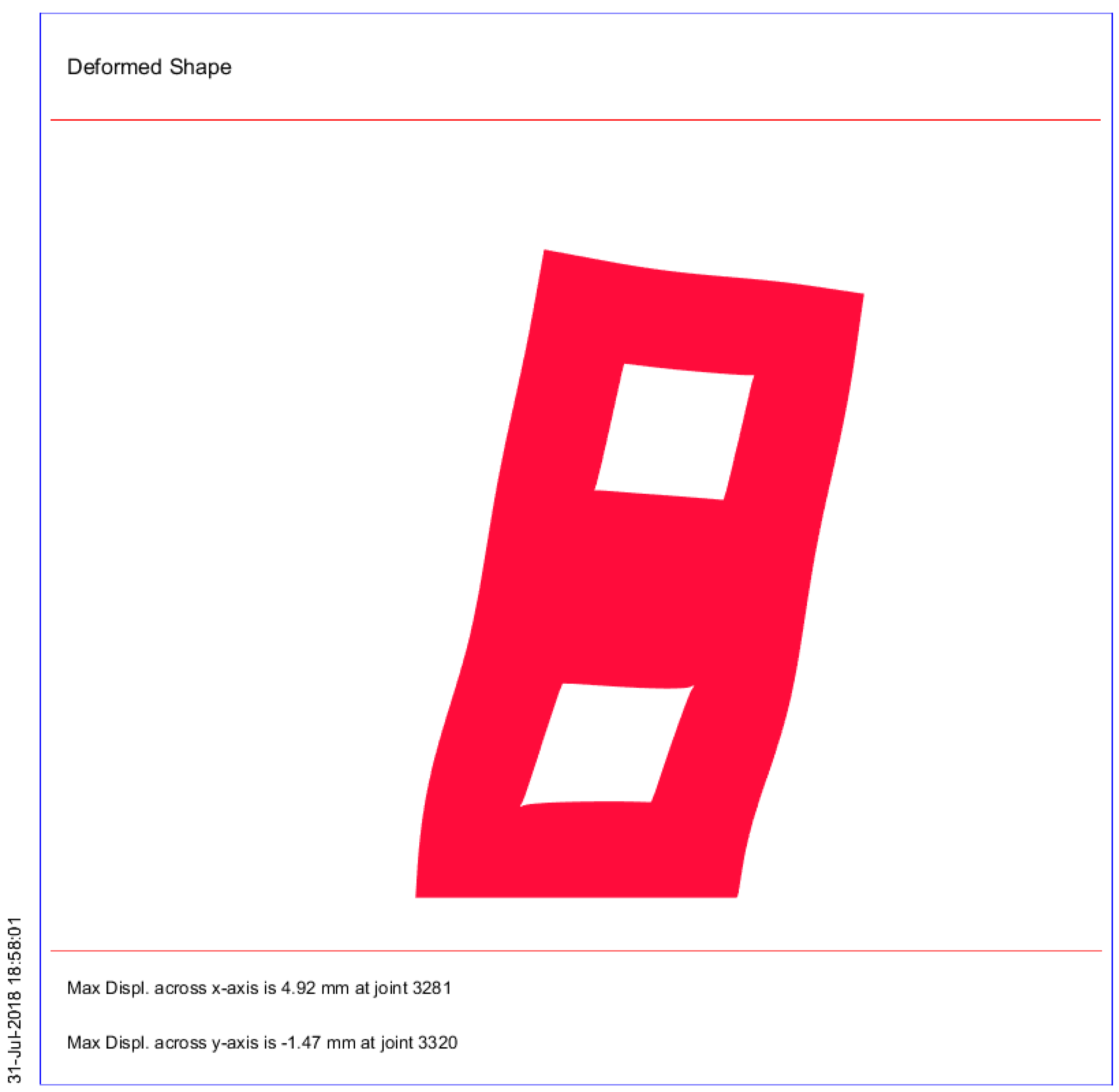The depth and size of the foundation will vary depending on the size of the concrete block wall and the weight it must support but a typical freestanding wall requires a foundation that is about twice as wide as the wall itself and which extends about 1 foot down below the frost line.
Unitary analysis for concrete block wall.
Foundation all concrete block walls must rest on a sturdy foundation of poured concrete.
They may be used for both load bearing as well as non load bearing walls.
Concrete block unit placement in retaining wall concrete block units should be installed properly in accordance with design documents and need to be plumbed.
Fire rated concrete block of size 15 mm x 400 mm x 200 mm shall be fire resistant up to 120 min.
Masonry elements include lintels walls loaded out of plane shear walls and masonry columns using the newest building codes ibc 2009 and msjc 2008.
Concrete blocks otherwise known as cinder blocks or concrete masonry units are commonly used for construction including foundations bearing walls fire walls retaining walls screening walls and fences.
Block walls are usually installed by masons or other masonry contractors and is assembled using mortar and may be filled with rebar and concrete.
A hollow unit is that unit which has core void area greater than 25 of the gross area.
They should be placed cells vertical and mortar need to be applied for all sides of the block both in horizontal and vertical directions.




























